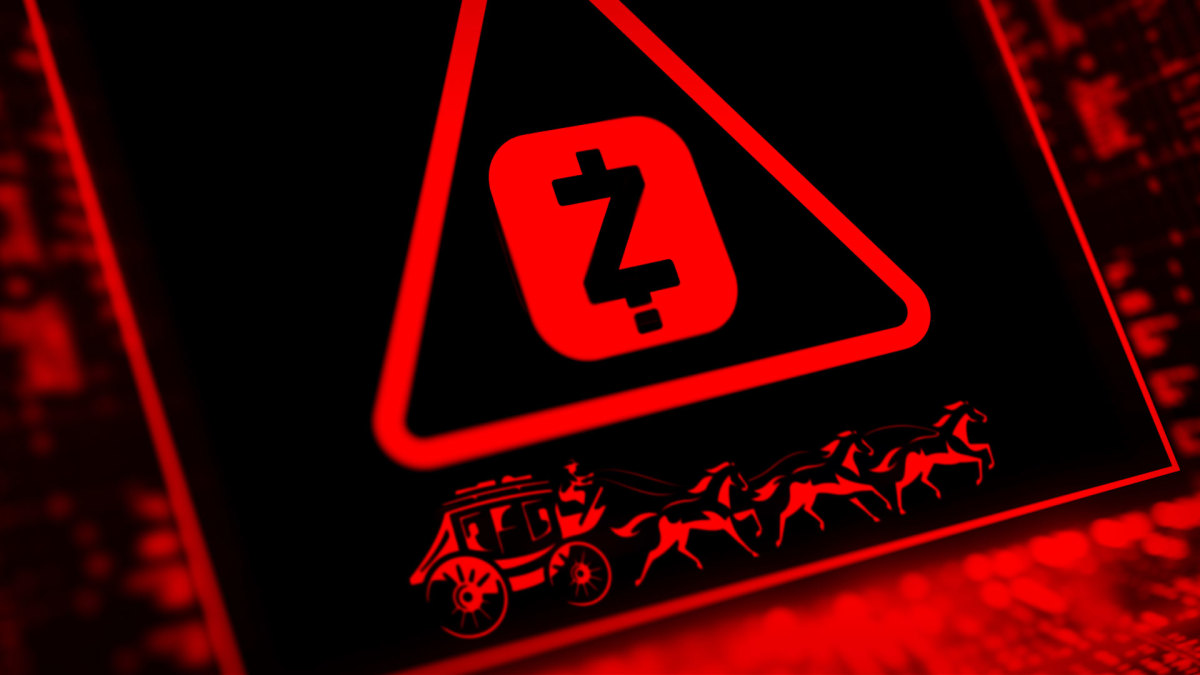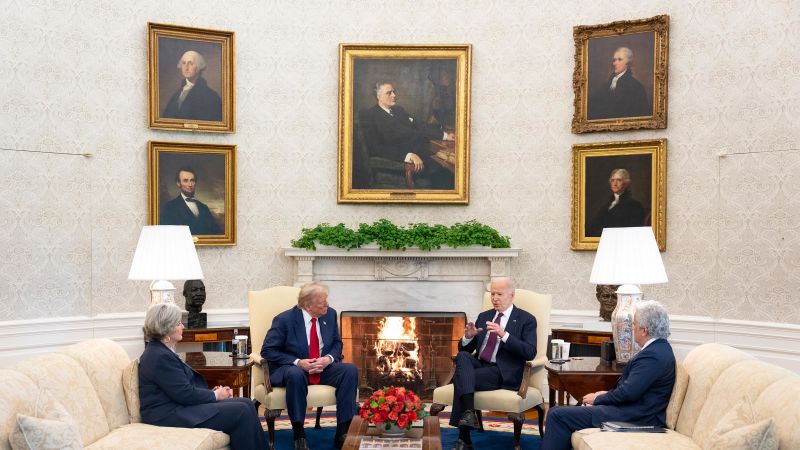Sending money to family or making a rent payment through Zelle has many perks — it is immediate and does not come with the fees commanded by many traditional e-transfers.
The instant payment service was launched in 2017 as a collaboration between Bank of America (BACXL) , JP Morgan Chase (JPM) – Get Free Report, and Wells Fargo (WFC) – Get Free Report. Along with being faster than a traditional transfer, Zelle was presented as a way to go directly between two people’s banks rather than through an external fintech company like PayPal (PYPL) – Get Free Report or Venmo.
Other banks later joined on board and Zelle’s parent company is now jointly owned by the seven largest banks in the U.S. — along with three above, that means Truist, Capital One (CPFLP) , PNC Bank, and U.S. Bank.
But anything done fast can also bring its own set of problems. In the five years that it’s been around, Zelle has become associated with much higher rates of fraud and bad actors.
Common Zelle scams include pretending to be a distraught person who calls to say that they “accidentally” made a transfer into the wrong account and bank agent impersonators asking bank customers to cancel a “suspicious purchase.”
Elizabeth Warren Takes Wells Fargo and Zelle to Task
Last month, Senator Elizabeth Warren (D-Mass.) published a report describing “rampant fraud and theft” through the payment app. According to data provided by four banks using Zelle, $90 million in customer money was taken by scams and fraud claims in 2020, and on pace to go over $255 million in 2022.
Warren’s report singled out Wells Fargo as a bank where Zelle fraud was particularly prevalent — the number of fraudulent transfers rose 2.5 times between 2019 and 2022. The senator further said that the bank “attempted to mislead” by capping the data it provided in 2021.
The report prompted a heated back-and-forth between Warren and Wells Fargo — a spokesperson for the bank called the analysis “misleading and inaccurate” while Warren published another letter calling the response dismissive given the “extraordinarily high and rapidly increasing instances of fraud and scams affecting Wells Fargo customers.”
“Your customers — who have in recent years endured dozens of examples of lawbreaking and mistreatment by your bank — deserve better,” Warren wrote in a letter sent to Wells Fargo CEO Charles Scharf on Monday.
This Is Not Wells Fargo’s First Scandal Rodeo
Currently the third biggest bank in the U.S., Wells Fargo has been embroiled in a number of scandals in the last decade. Back in 2013, the company paid $175 million to settle allegations that it offered higher rates and mortgage fees to Black and Hispanic candidates.
In 2020, the Department of Labor accused the firm of discriminating against Black job applicants and the bank agreed to pay approximately $8 million in back wages while Scharf himself became the center of controversy after sending a memo saying Wells Fargo wants to ramp up diversity efforts but struggles to find qualified Black candidates.
But when it comes to Zelle, the problem lies with its immediacy — while attractive to those looking to pay fast and without extra fees, bypassing the longer bank clearance process makes it prime territory for fraudsters.
As a peer-to-peer app, money lost to fraud through Zelle is also not guaranteed the same protections. Warren’s report claimed that those who reported unauthorized payments through Zelle in 2021 and the first half of 2022 received only 47% of the dollar amount back.
“Limit who you’re sending money to through payment apps to people and businesses you trust, and secure your accounts by beefing up your password strength,” NerdWallet’s Sean Pyles said on the Smart Money podcast.









